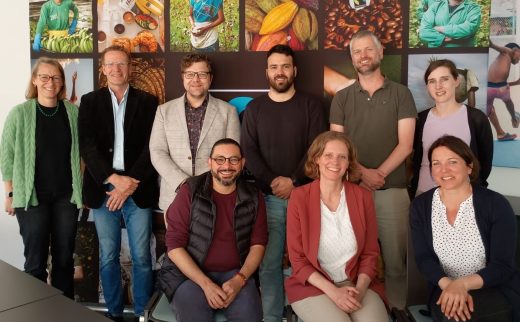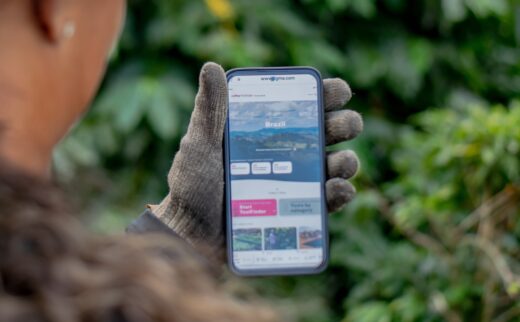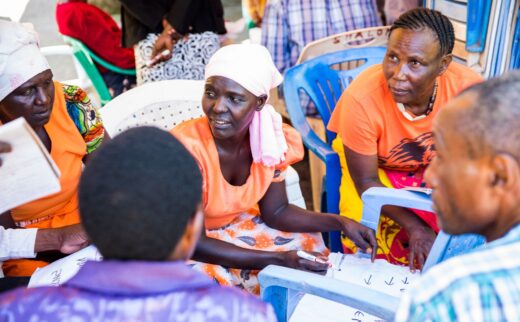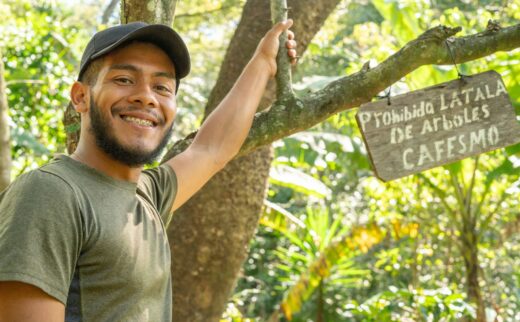Innovating Change in Huehuetenango: How Producers are Adapting
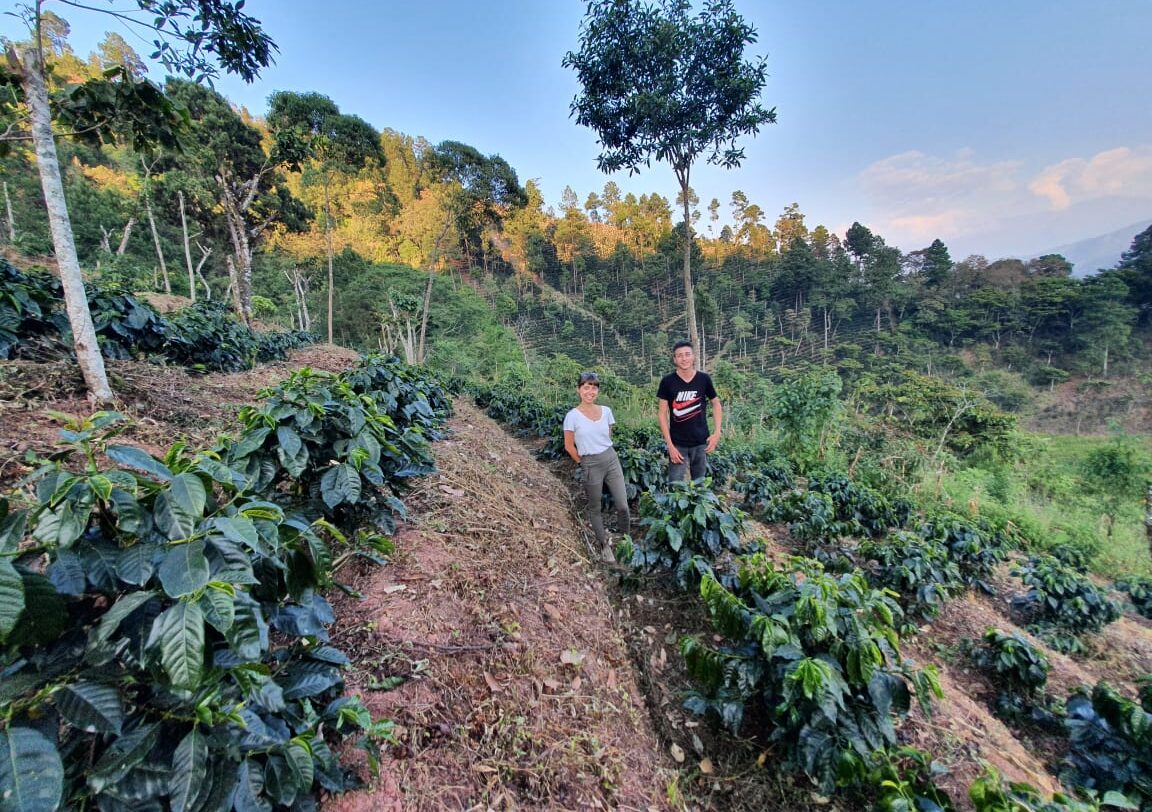
Delve into the mountainous region of Huehuetenango, deep in the northeast region of Guatemala situated close to the Mexican border to witness some exceptional coffee production and climate innovation.
Climate change is hitting Central American smallholder coffee producers hard, causing a decrease in yield, quality and an increase in costs which is leading to the abandonment of coffee farms for work in the City or illegal transport to the United States for better opportunities and income. Youths are growing less interested in coffee production due to its low income and a simple lack of interest. Normally, these groups do not have access to the adequate agronomic trainings to improve coffee production, causing the increased interest in the abandonment of coffee farms. Yet, the initiative for coffee&climate (c&c) is changing this story and working with smallholder families, youths and women to enact a transformation in this truly special coffee producing area.
Some regions in Huehue, as it is known by the locals, are extremely remote and only accessible with high-clearance vehicles or by foot in order to visit some of these spectacular coffee farms. As you traverse the dusty and rugged roads outside of the city center, you will begin to see newly constructed large houses with flat roofs designed to dry coffee.
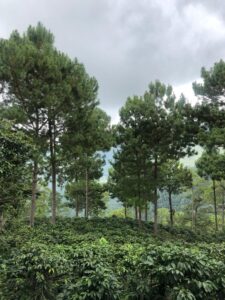
These enormous homes are out of place in Guatemala, especially in Huehue and are only constructed thanks to members of families risking the dangerous trip to the US to work and send money home. Coffee farms are still maintained but the idea of venturing through Mexico and the long trek through the desert to reach America to work and send money home constantly looms.
This is truly the place of innovation which is why I sought to visit and see, first-hand, the change that was occurring. Also, Huehue is so well-known in the coffee industry as a unique area in Guatemala filled with smallholders growing exceptional coffee. I yearned to understand what was happening with the locals and why people were leaving the mountainous region for other opportunities elsewhere. My curiosity also drove me to visit each of the progressive producers educated and trained by Hanns R. Neumann Stiftung (HRNS).
“This is truly the place of innovation which is why I sought to visit and see, first-hand, the change that was occurring”

Climate change is imminent – with the constant fear of prolonged droughts and extreme rainfall destroying coffee trees and leading to the decimation of plants thus decreasing yield and income. To address the negative effects climate change is having on coffee production and smallholder communities, HRNS has been a key implementor of coffee&climate’s methodology in Huehuetenango since 2017. Thanks to the ongoing support and partnership with International Coffee Partners (ICP), Swedish International Development Cooperation Agency (Sida) and Tim Hortons, c&c has provided training, access to appropriate methods and know-how on climate-smart agricultural practices to ensure smallholder families and farmer communities are becoming resilient to climate change.
In total, 1,111 smallholder families have received climate trainings and 1,300 ha of coffee have been impacted. This includes the participation of 378 youth and 500 women. As part of the climate trainings, 89 demonstration plots with climate-smart practices and diversified crops have been established together with smallholders. As a result, smallholders are growing higher quality coffee, increasing their yields and growing improved, climate resistant varieties of coffee.
Now… let’s journey to the heart of Guatemalan coffee production.
After the long journey from the city center of Huehue, I am taxied to an area called San Antonio Huista, and life here is comparatively different from producers in Antigua and outside of Guatemala City. The truck wobbles as we scale up a mountain filled with coffee trees coated in dust and small patios of drying coffee. We stop and hike up another 20 minutes to reach Finca de la Vega at 1250 masl. Hector Vasquez is managing this farm as the owner is in the US for work. He mentions that the farm is 5 ha and produces 125 bags of coffee each year. There are the usual Caturra, Bourbon, Villa Sarchi, and Pacamara varieties in addition to some Geisha and some experimental hybrid H1s. He rapidly hikes through the hills and reveals how the coffee is intercropped with macadamia trees for shade, grevillea, chalum, peach, orange, and lemon trees with the occasional pineapple to not only diversify income, but also provide the soil with nutrients and water conservation during the dry season. Before the incorporation of cover crops and the practice of intercropping, the soil health was poor which negatively impacted the coffee. After adopting the c&c practices, Hector saw an improvement in coffee plant health and is currently working on experimental plots with HRNS to understand other agronomic changes such as altering the space between coffee plants. Additionally, there is a multi-layer shade system to ensure the essential microclimate is maintained. Vasquez notes that promoting this microclimate also helps decrease the presence of Roya. He also notes how these practices have significantly reduced the cost of production whilst improving yield and quality – thus improving revenue.
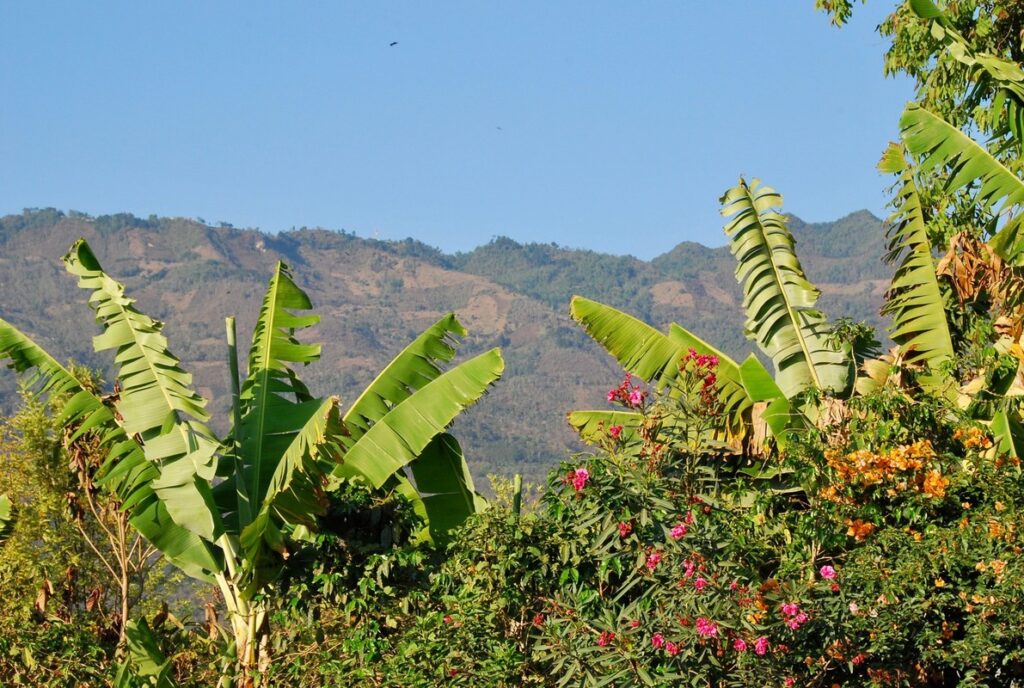
“Further down the mountain we reach a lovely home
with drying coffee bathing in the sunlight”
Further down the mountain as we reach a lovely home with drying coffee bathing in the sunlight, we are greeted by Marilena Mereda at Finca Mongales in Rancho Viejo San Antonio Huista. Chickens peck about as Marilena tells us the story of how she travelled to the United States and worked in gruesome conditions to save money for her farm. She has few employees and does much of the work herself. She also leads a women’s group called the Aldiesto Association where HRNS aids with the transfer of specific information to women producers, and a couple of men as well. Specifically, utilizing c&c practices, reducing Roya and improving quality and yield. She is an innovator, changing the norms in Guatemala. Women do not normally own and manage farms let alone teach other producers about how to grow coffee.

Climate change affects coffee in Guatemala
As the sun begins to descend through the sky, the dust-coated truck carries on even higher into the Huehue mountains as dogs and chickens run about the roads, tiendas sell cold beverages, small homes advertise the sale of fresh fruit, papas, snacks and diesel – a young man joins the caravan. His name is Rubelsi Merida and he is only 18 with his own area of coffee-producing land and a greenhouse for drying coffee in the works. We slowly climb the mountain, and other youth clamber into the back of the truck for a ride up the steep slope. I cannot even put into words the beauty of the view as we reach the top – houses with drying laundry are lucky to see the sun rise and set amidst the coffee-filled mountains.

“Consumers of coffee must understand the work that goes into growing coffee, and the strife undertaken to fight the future of coffee depends not only on producers, but we as consumers, as well.”
Finally, we reach Finca de Joya Verde at 1700 masl, a small and steep farm only 0.2 ha for this young farmer. The coffee crowding around us is young, perhaps another year from production; with two varieties: Parainema and Anacafé 14. The hard-working owner shyly tells us about his plot of land, yet he probably does not know the prospective success of this area and how important it is for people his age to grow and export coffee. New varieties are planted to prevent the spread of Roya and different planting methods are utilized to maximize soil health and water conservation.
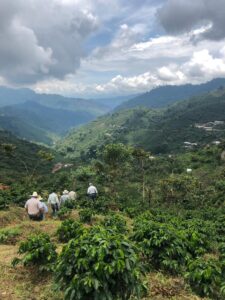
As the exhausted truck carries us back down to mountain, I begin to ponder and appreciate this region of Guatemala and the hard work of the producers I have met. The initiative for coffee&climate is important due to the potential negative impact of climate change on coffee producing countries like Guatemala. As HRNS creates different projects together with the public and private sector, – Huehue reveals the importance of the education and work given by the organization. As less people are interested in producing coffee, lack of women and the decrease in production due to drought and Coffee Leaf Rust, it is vital producers learn how to fight and adapt against the changes in climate and to ensure the right price is given to the producer to create a future for coffee production and the communities in places like Huehue. This can then keep communities strong, safe, and filled with innovation and coffee. But consumers of coffee must understand the work that goes into growing coffee, and the strife undertaken to fight the future of coffee depends not only on producers, but we as consumers, as well.
